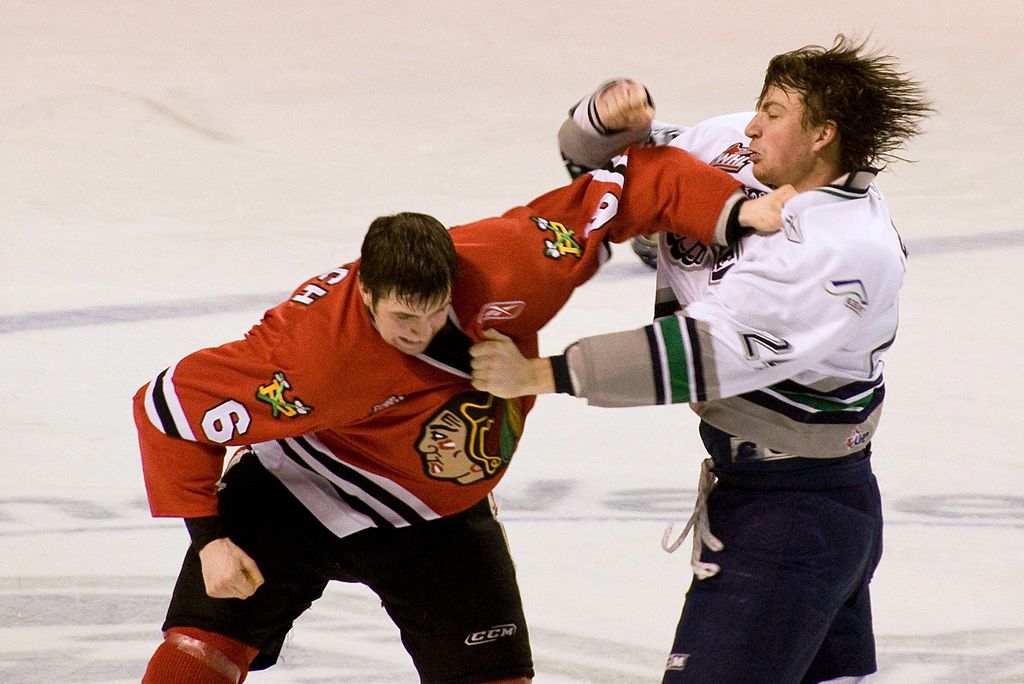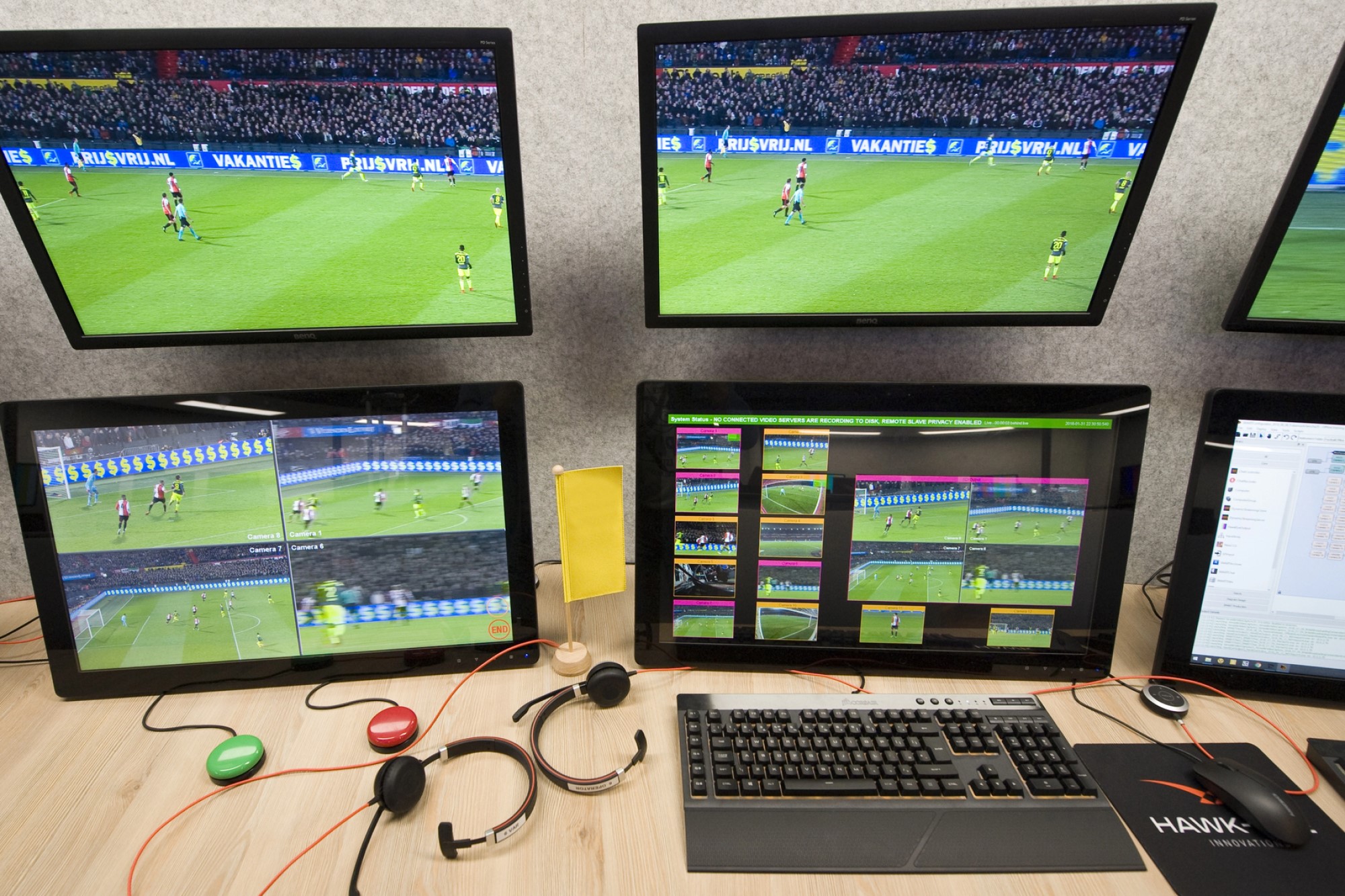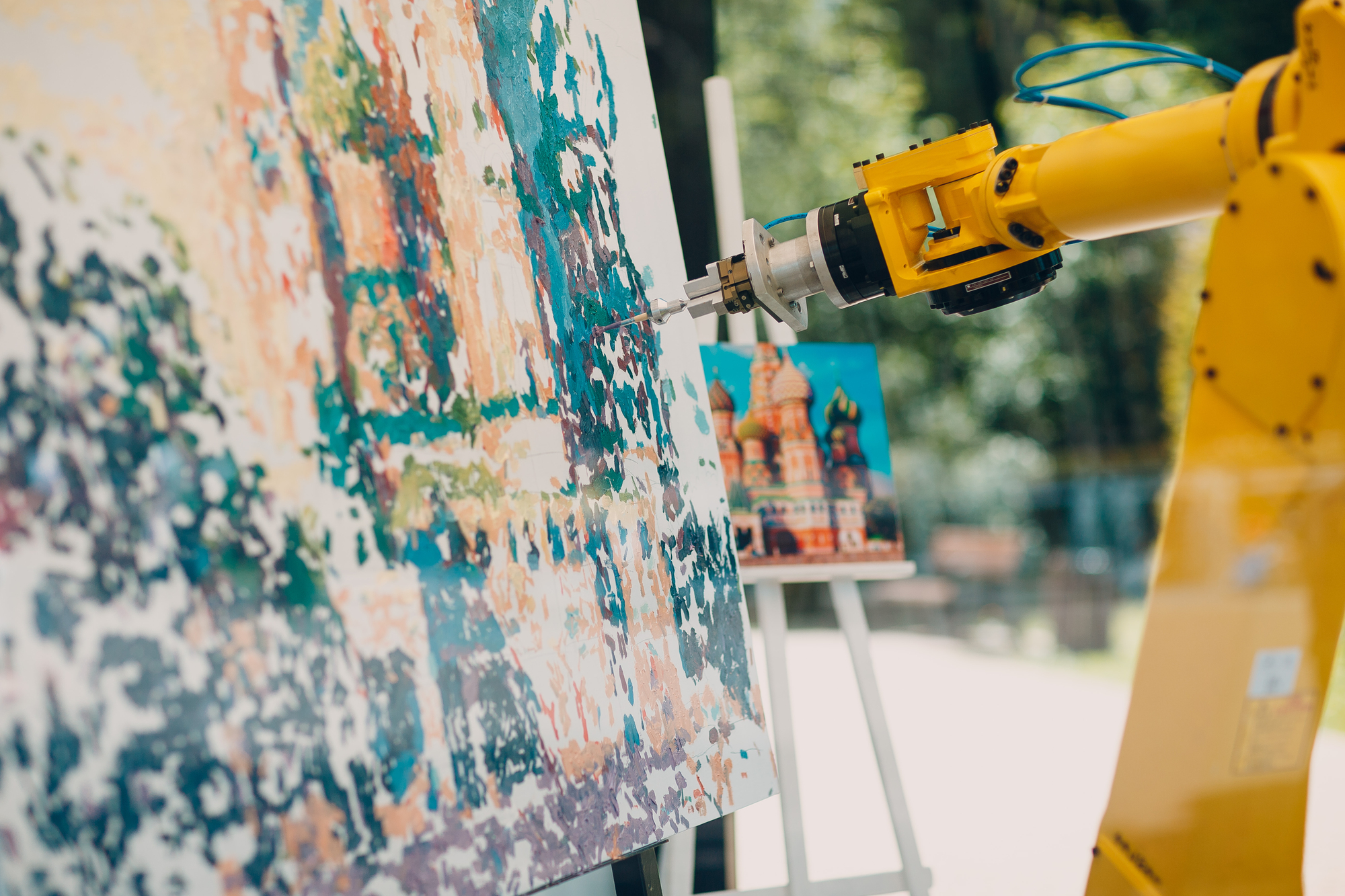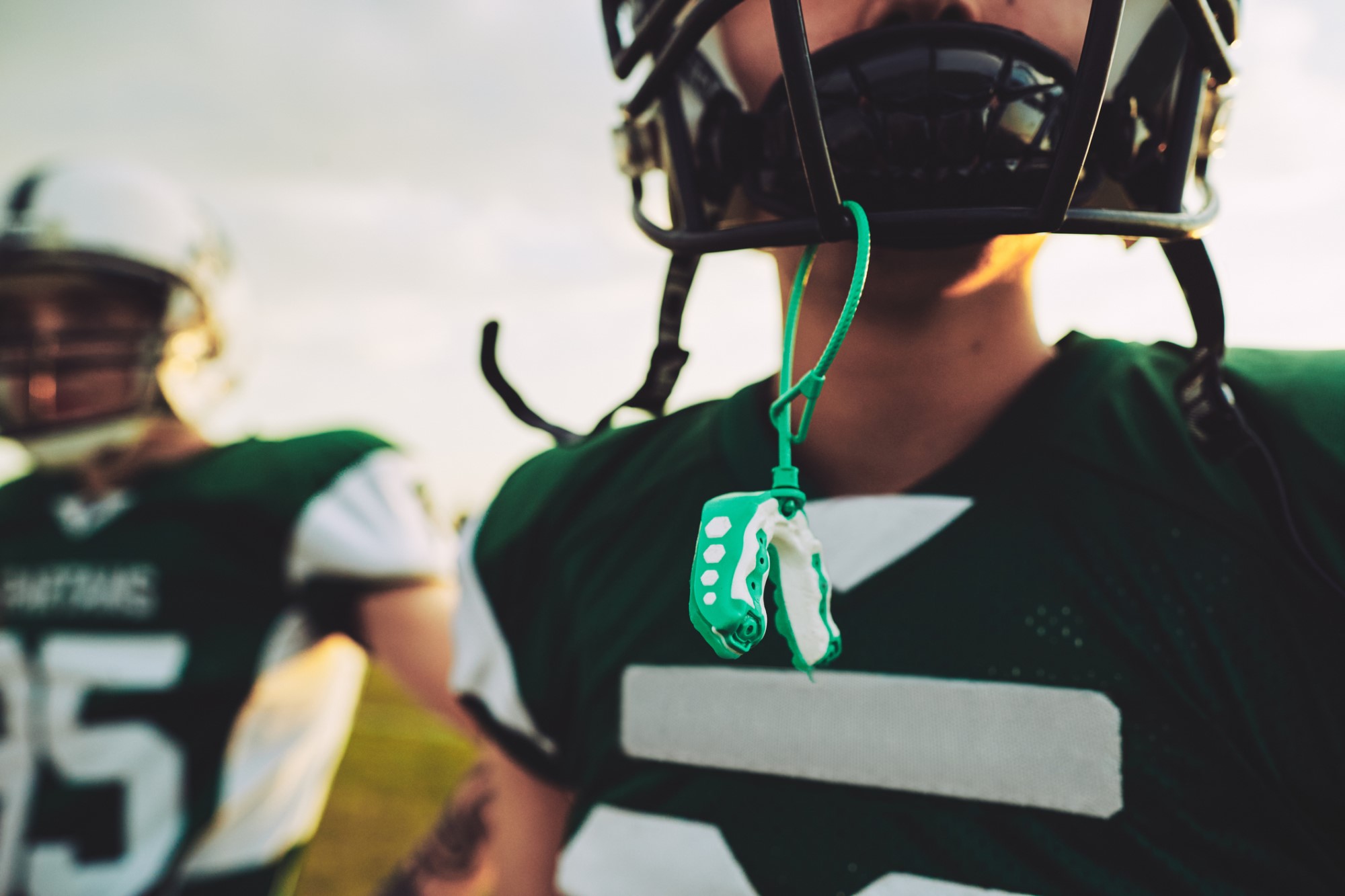The Social Norms Behind Fighting in Hockey
Hockey season has started, and with it the annual debate about the role of fighting. Watching sports is a vicarious and visceral experience, and many fans love the fights and the fighters. Players with marginal skills but big fists are folk heroes. Some fans worry that fighting detracts from the skill and grace of the sport, and drives away new or casual fans. Almost everyone is concerned about player safety.
Surprisingly, the strongest support for fighting comes from the players. To the players, fighting is an important means of maintaining and reinforcing the “social order” of the game. Players worry that without fighting, transgressions will be punished in subtler and more dangerous ways. Borderline hits and creative stick work delivered as retribution can cause serious injury. A good fight settles the score and lowers the tension.
Hockey is the only major sport in which fighting is both against the rules and part of the game. Every team has an enforcer who responds immediately in defense of a more skilled and less pugilistic teammate. There are elements of this kind of enforcement in basketball, and maybe baseball’s controversial purpose pitch serves this function. But in these sports, when this “enforcement” erupts into a fight, it is a rare and serious event that mars the game. In the NHL, each player gets a five-minute penalty. The game goes on. The fight video is quickly uploaded to hockeyfights.com.
As if to mark their ambivalence, the NHL has appointed George Parros as director of player safety. His job is to oversee league discipline: fining and suspending players for on ice actions. Parros graduated from Princeton in 2003 with a degree in economics. In his nine-year (474-game) NHL career, he was exclusively an enforcer. He registered only 36 points, but logged 159 fights. This may seem like the fox guarding the henhouse, but it is not. Parros believes he is uniquely qualified, saying, “What uniquely positions me for the job is that I played the game as physically as anybody and I never once was fined or suspended. I know where that line is. I know how to protect my guys or intimidate, but not injure or hurt.”
Ethically, this seems like an odd claim. There are, after all, rules in hockey. There are referees to enforce the rules. Parros’ office reviews game tapes in case those referees miss something. Why should players have to take matters into their own hands? Interpersonal punishment or retribution is not unique to hockey, or even to sports. A hockey fight is different in degree, but not in kind, from our usual methods of mutually enforcing social norms.
In our regular lives, individuals are often required to enforce social norms by punishing those who transgress these norms. Usually this punishment involves a social, not a physical, harm. Thomas Scanlon writes, “The fact that a person has behaved very badly towards you can make it appropriate not to take pleasure in that person’s success and not to hope that things go well for them…This is a form of desert-based retribution, according to which it is good that those who do wrong should suffer.” Scanlon is at the mild end of the spectrum. He thinks we are relieved of our positive duties to be nice to people who have behaved badly towards us. This is ethically significant. Withholding of social niceties from a person marks that person as somehow outside our moral community. The impact this has on a person should not be underestimated.
Gerald Gaus condones talking these malicious thoughts a step further. Gauss thinks we can take positive vindictive actions. “We require a public moral constitution to live cooperatively given our diverse moral perspectives: we maintain it through a practice of mutual enforcement of responsibility… Punishment is indispensable in maintaining the equilibrium on norms.” There are some transgressions of social norms that do not rise to the level of being crimes. For these, punishment must be administered interpersonally. You cannot call the police on the person who steals your snack out of the office refrigerator. Even with some crimes, the civil penalty is not adequate to restore equilibrium. Even if a person is arrested for robbing my home, some additional level of social punishment seems warranted.
This may seem like petty vindictiveness, but Jeffrie Murphy has raised this sentiment to a virtue. “Speaking (as almost any Irishman can) from extensive personal experience as a rather vindictive person, I believe I have often gotten even with people by actions that were moderate and proportional–perhaps involving nothing more than a few well-selected (and hopefully hurtful) words or by actions no more extreme than no longer extending lunch invitations to them. I have rarely been dominated by my vindictive feelings. They float harmlessly in the back of my mind until an appropriate occasion for their expression occurs.”
Parros sounds a lot like Murphy. As a player, he knew the limits. His job as an NHL enforcer was to exact the extra-legal punishment from players who had transgressed the rules. He knew where the line was and never crossed it. Given the culture of the game of hockey, his actions were moderate and appropriate. On the ice, his actions were virtuous.
Hockey is not an anomaly. In the real world, a person who beats up a bully risks being arrested, but is almost universally praised. Still, even Murphy doesn’t advocate dropping the gloves and beating the snot out of a coworker who continually drinks the last cup of coffee and fails to make more. We are wary about violence and malice, as we should be. We are terrible judges in our own cases. We perceive transgressions against ourselves to be much more serious than any objective observer would. Our response is likely to be more extreme than warranted. But even Aristotle notes we respect a person who displays anger in the right amount for the right reasons at the right time. This kind of interpersonal punishment occurs, and works, in real life. The person who is moderate and effective at this retribution is respected as virtuous.
Fighting works in hockey as a way to maintain social norms because there are clear and accepted “rules” for the fight. Two players square off and drop their gloves to signal a willingness to fight. Other players stand back. The fight ends when they fall down, or one guy is clearly winning. Forty years ago things were a bit different, but events like this don’t happen anymore. Off the rink, fighting would lead to a “might makes right” ethos. In hockey, the players are all roughly physically equal. When they are not, the referees step in. These conditions allow fighting to serve its regulative purpose in hockey.
A fistfight is outside the usual boundaries we accept for settling interpersonal disputes at the office. But it is not different in kind from what we all do when we snub a rude co-worker, or refuse to invite an impolite person to lunch, or post pictures online of people parked across two handicapped spaces. In the real world, where none of the conditions that control fighting apply, settling social disputes by combat would be disastrous for social order. But the interpersonal infliction of minor harm in settling interpersonal disputes is more widely accepted than many people think.





